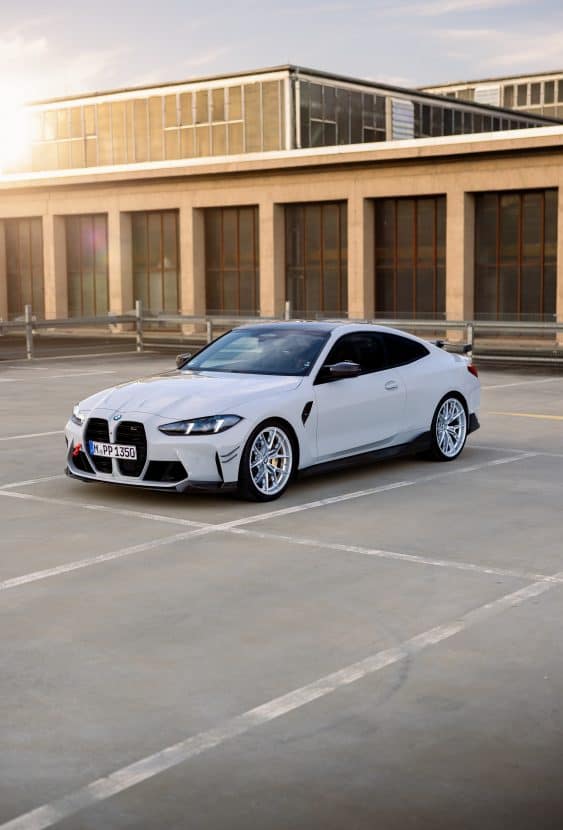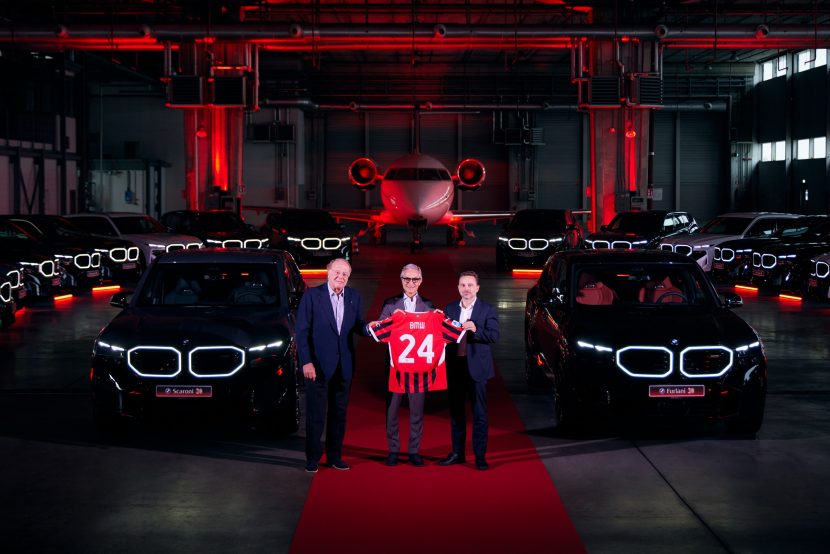ID cars will get a new look “going back to where we came from”
VW’s R&D boss confirms cull for combustion car range, plus Polo refresh and timing of ID 2 SUV launch
Volkswagen will launch heavily updated versions of its ID models from 2026 as part of a significant upgrade to the MEB architecture on which they are based.
VW R&D boss Kai Grünitz confirmed the developments to Autocar at the Los Angeles motor show, as well as the launch of a new ID 2 SUV concept car at the 2025 Munich motor show, a 2025 revamp for the Polo, a slimming down of the brand’s combustion-engined range when Euro 7 emissions regulations kick in next year, and the role Rivian will play in the development of future VWs.
Grünitz said the “huge improvements” from 2026 to the current ID range will include an all-new look that is “going back to where we came from”, as well as improvements in battery costs and overall performance and new functionality.
The look of the new ID models is set to be inspired by the ID 2all concept car, which presents design boss Andreas Mindt’s vision for the future of VW designs with an aesthetic that is altogether friendlier and inspired by the likes of past Golf models.
Grünitz said this look will be more akin “to what Volkswagen stands for” from a design perspective and, along with the production version of the ID 2all, will signal a big visual leap for VW as part of company boss Thomas Schäfer’s desire to make VW a “loved brand” again.
Grünitz confirmed that development of the production version of the VW ID 2all concept car remains on track for a late 2025/early 2026 launch. He said it will be the “starting point” for this new era for VW, “because customers will see there has been a change, and a much bigger change than expected”.
An SUV variant of the ID 2 will also be previewed at the Munich motor show in September 2025, Grünitz confirmed, as the second VW model to be built using the MEB Entry architecture.
A GTI version of the ID 2 is also planned and has been previewed by a concept car. Grünitz said it is “easy” to add performance to electric cars but less so to add “DNA”, such as the characteristics attributed to GTI that have made Golf GTIs great in the past. However, Grünitz said the firm has “ideas that you’ll be surprised” by when the first electric GTI is launched in 2026.
Development of the SSP (Scalable Systems Platform) is also continuing, said Grünitz. This electric car base is considered the most significant long-term architecture for the Volkswagen Group because it will be able to underpin everything from city cars to supercars.
The joint venture launched last week with Rivian is significant for SSP because VW will tap into Rivian’s experience in electric architectures, which, Grünitz said, are particularly advanced and “best in class” for over-the-air software updates.
“They are much leaner and faster than traditional OEMs,” he said. “They’re closer to what we see in China. We combine that with our knowledge of building cars to high-quality standards, so I think this is a good combination.”
Upcoming Euro 7 emissions rules will result in a “line-up that’s slimmer than today”, said Grünitz, although they will also result in more mild-hybrid options. He didn’t confirm which models will disappear but did say it won’t be the Polo, which will receive an extensive update at the same time.
More broadly, Grünitz said investing in parallel architectures, such as the MQB for combustion-engined models and MEB for electric ones, is “a huge effort”, but there is no end date for the MQB architecture because electric car uptake has not been as predicted. Indeed, Grünitz said it is possible the firm could integrate electric powertrains into it once again as part of the options on the table for its development.
VW sales and marketing boss Martin Sander said ultimately it is “better for customers” to have dedicated architectures for the different technologies but as the firm looks to “the next generation, we have to find a very smart way of keeping [individual] features, but also using components across the platforms in intelligent way”.
Source: Autocar RSS Feed

